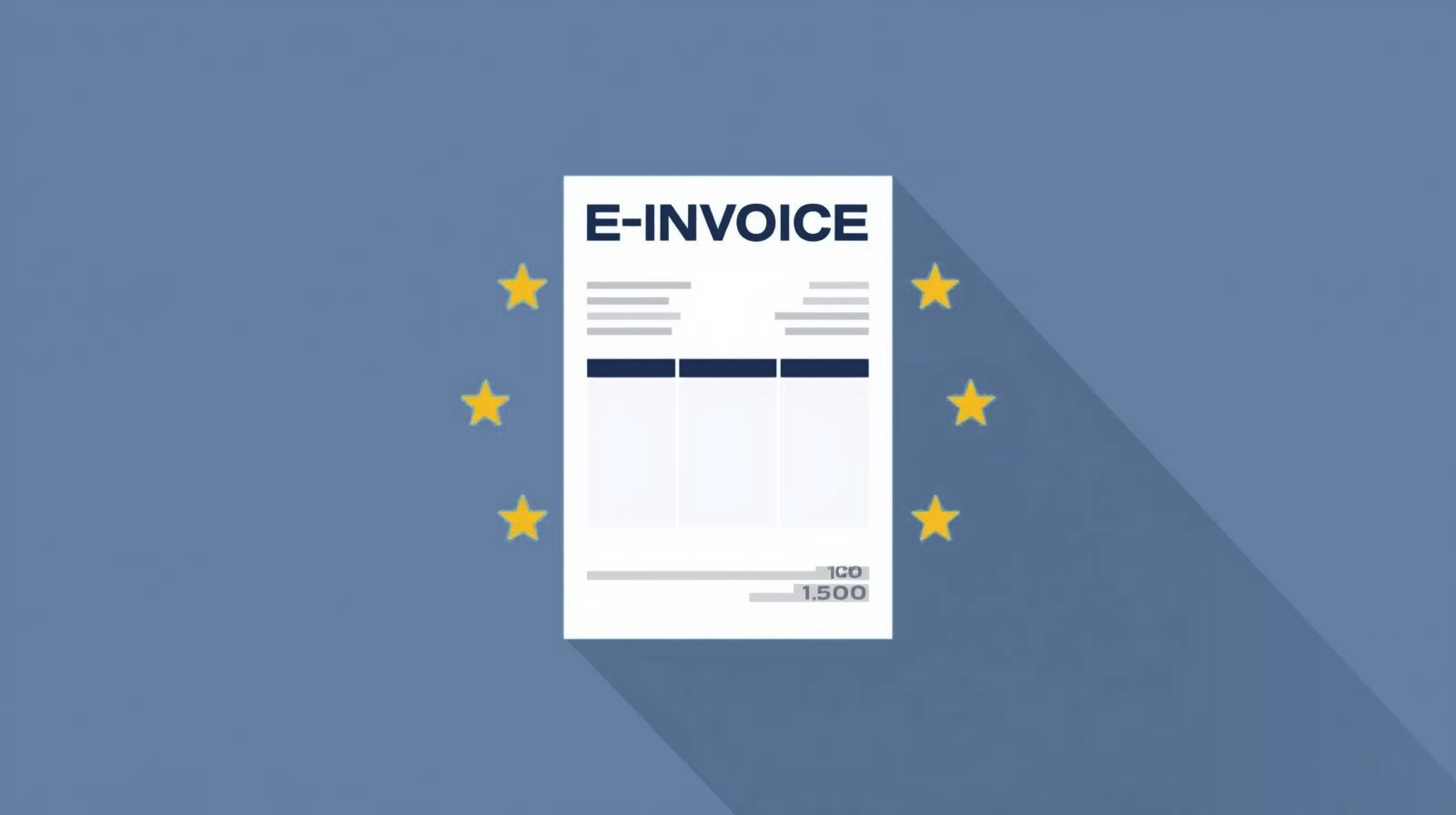Profit and loss accounts are a component of double-entry bookkeeping. They are divided into expense and income accounts and are used to determine the success of a company. While Expense accounts While income accounts contain all entries that reduce equity, revenue accounts record those transactions that increase equity. In the context of the annual financial statements, the income statement accounts are recognised via the Profit and loss account (P&L) offset against each other to determine the profit for the year.

2. expenses and income in detail
Definitions and differences:
- ExpensesThese represent periodised expenses recognised in profit or loss that represent a consumption of value.
- YieldsThey represent increases in value, irrespective of whether an actual payment has been made.
Examples of typical expenses:
- Purchase of merchandise
- Personnel costs
- Depreciation
Examples of typical yields:
- Sales revenue
- Interest income
- Proceeds from the sale of fixed assets
Delimitation in time:
Expenses and income are recognised in the period They are allocated to the period in which they are economically relevant - not necessarily the period in which a payment is made. If the timing is not clear, prepaid expenses or other receivables and liabilities can help.
3. profit and loss accounts and their posting
Differences to balance sheet accounts:
In contrast to balance sheet accounts, which have opening balances Income statement accounts each financial year at zero. They are only capitalised as soon as a corresponding posting becomes necessary.
Booking system:
- On Revenue accounts is recognised as a credit, as income increases equity.
- On Expense accounts is posted as a debit because expenses reduce equity.
- The equity account serves as a template: increases in credit, decreases in debit.
4. annual financial statements and profit and loss accounts
Closing procedure:
- Balance determination:
All postings to an account are totalled, the difference is the balance. - Transfer to the P&L account:
- Revenue account balances are posted to the debit side of the P&L account.
- Expense account balances appear in credit.
- Closing of the P&L account:
Expenses and income are offset against each other. The difference - as Net income for the year or deficit - is transferred to the equity account.
The final accounting records are as follows:
- Revenue account to P&L account
- P&L account to expense account
5. special features: Neutral expenses
Not all expenses are included in the costs of the current period. Non-operating expenses include
- Non-operating expenses:
These arise outside the actual business activities, e.g. donations or losses from the sale of securities. - Expenses relating to other periods:
Costs incurred in an earlier period but only recognised now, such as additional payments or corrections. - Extraordinary expenses:
They are unusual and non-recurring, such as repair costs after a fire.
These items are treated separately in cost accounting in order to create a clear distinction.
Versino Financial Suite
the Versino Financial Suite improves the handling of profit and loss accounts in SAP Business One through automation, improved control and transparent analyses. This makes accounting processes more efficient, increases data quality and simplifies the annual financial statements.

Verifactu in Spain: the new invoicing obligation

The e-invoicing regulations in Europe

Versino Financial Suite V09.2025 for SAP Business One

Accounting outsourcing: Why it pays off for SMEs

CANDIS for SAP Business One

